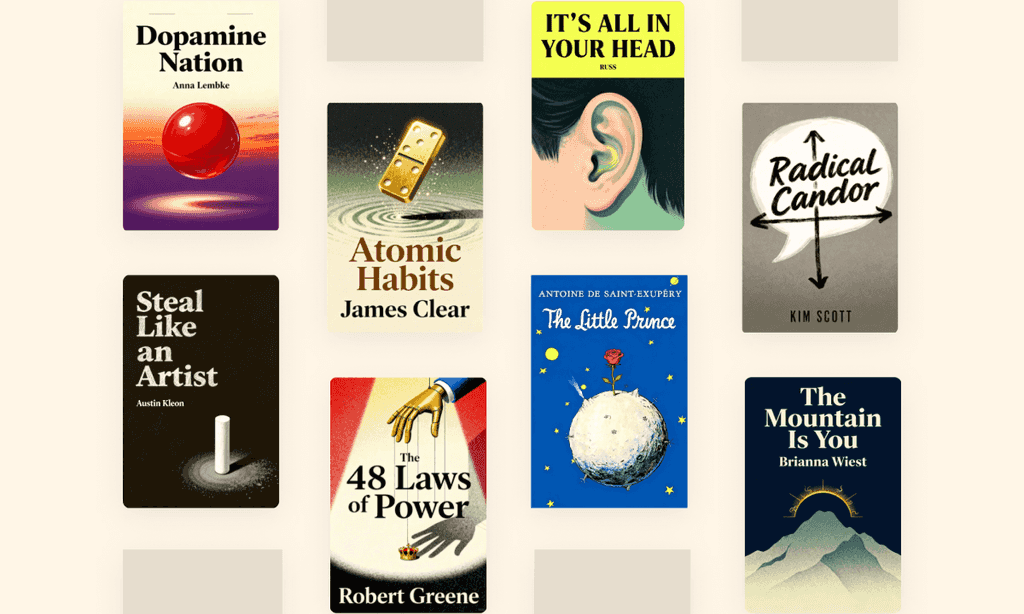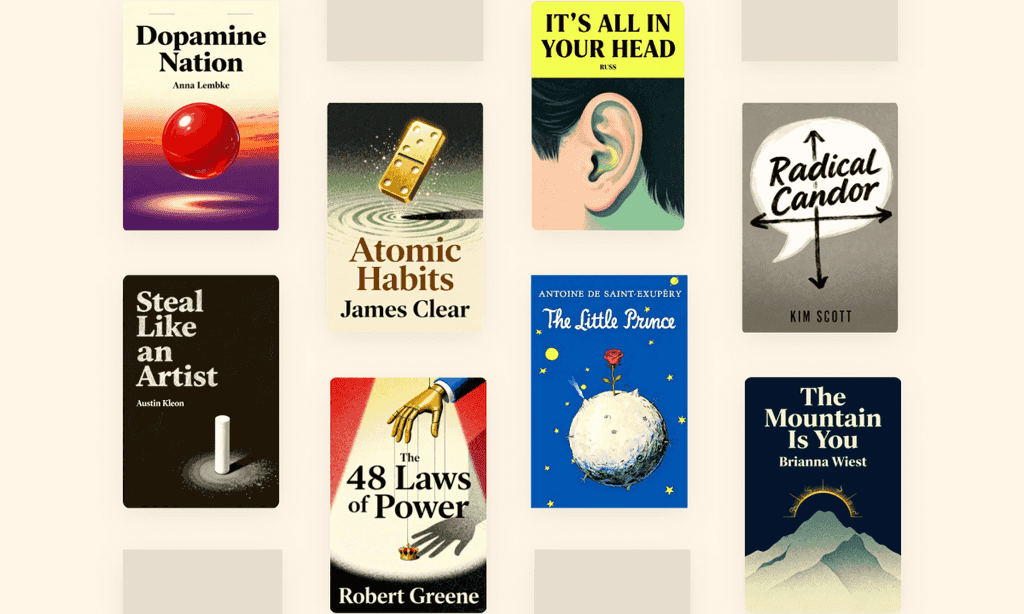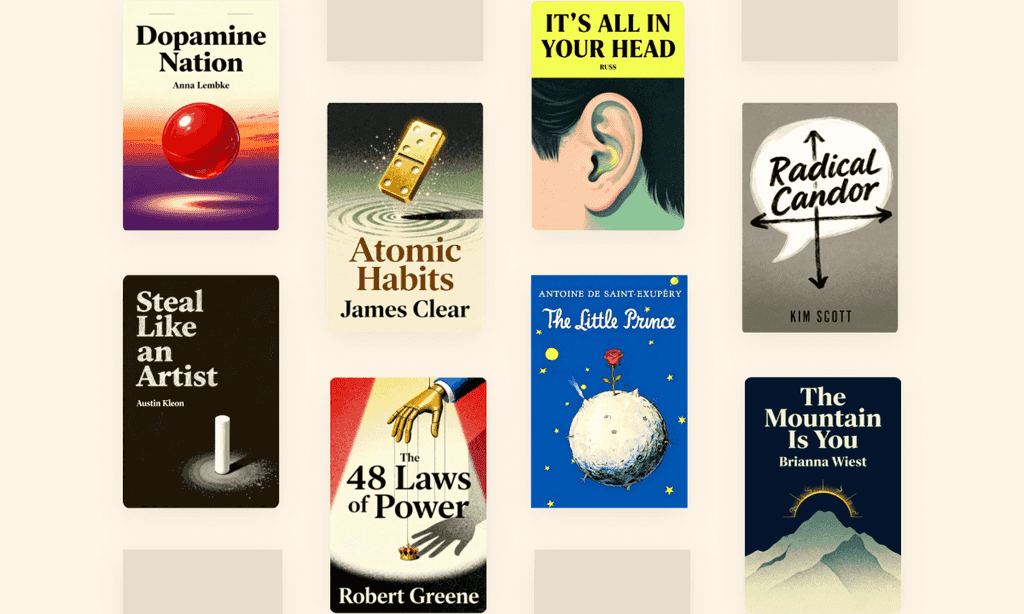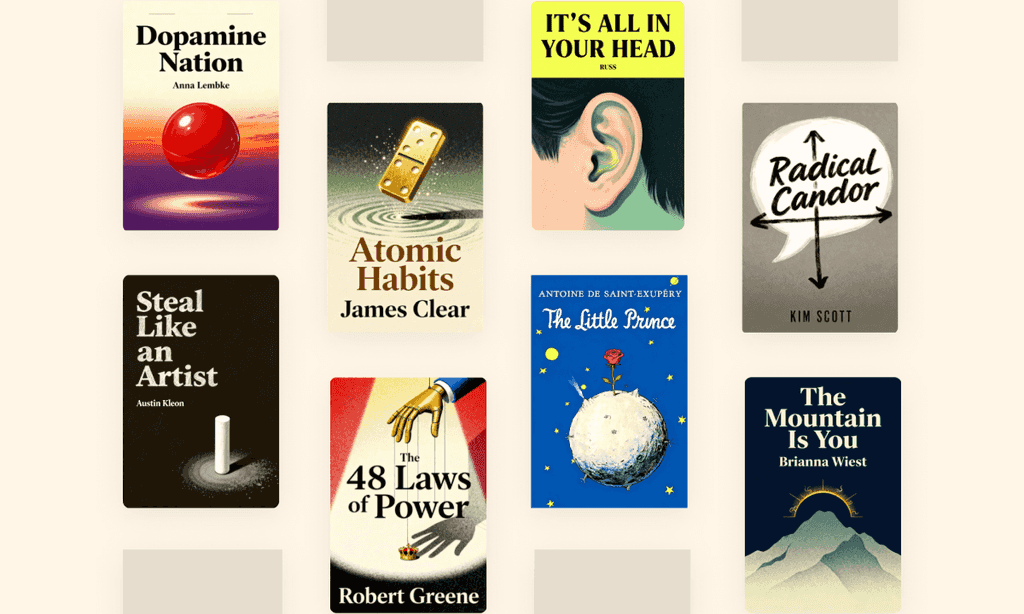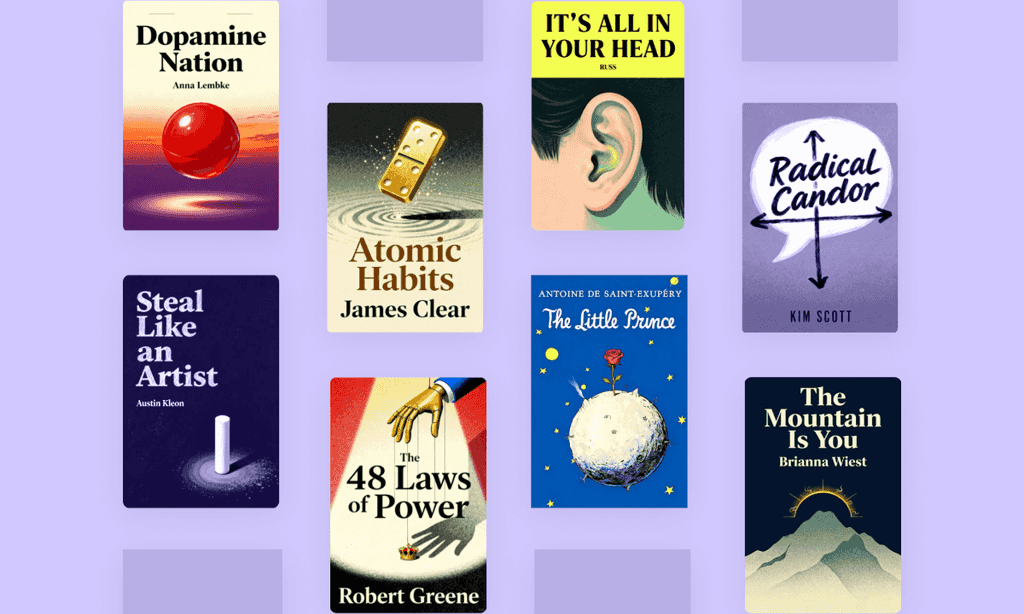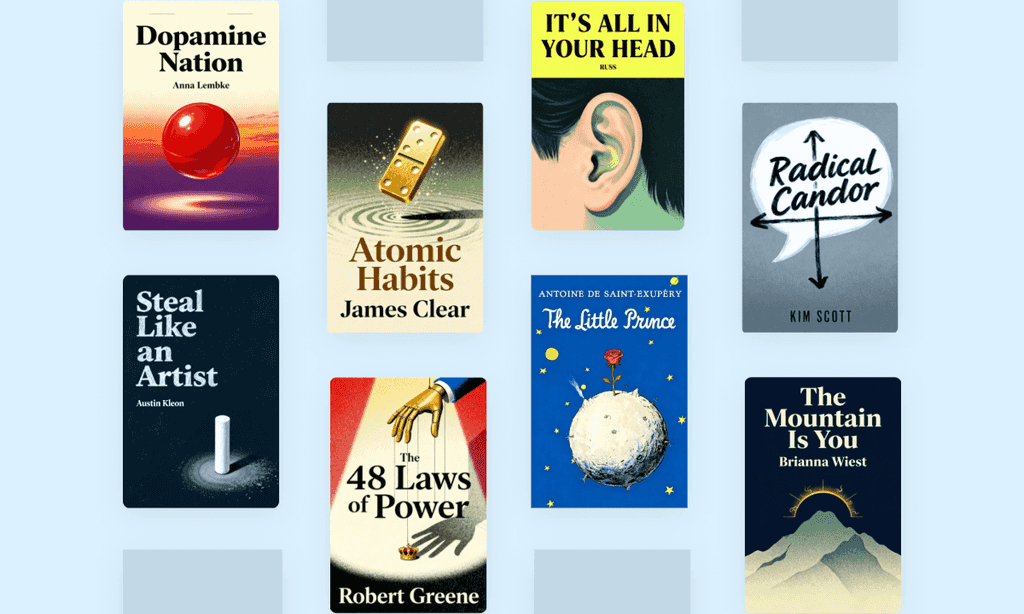Economics in One Lesson by Henry Hazlitt
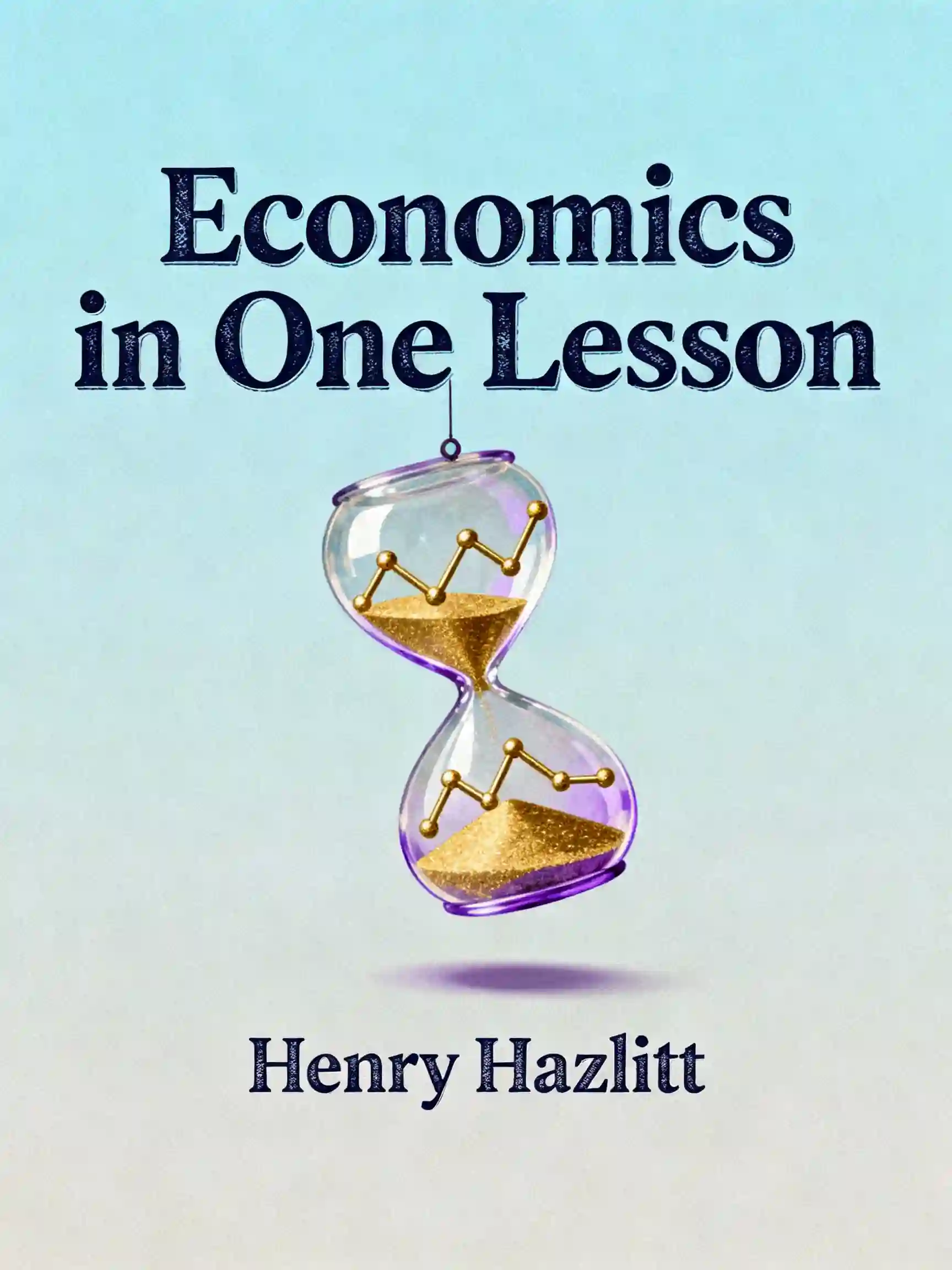
Overview of Economics in One Lesson
Hazlitt's 1946 masterpiece - selling over a million copies and influencing Reagan's economic policies - distills complex economics into one powerful lesson. Why did Milton Friedman call it "timeless, correct, painlessly instructive"? Discover the free-market wisdom that transformed global economic thinking.
About its author - Henry Hazlitt
Henry Hazlitt (1894–1993), author of Economics in One Lesson: The Shortest and Surest Way to Understand Basic Economics, was a libertarian economist and influential journalist who popularized free-market principles. A self-taught prodigy, he became a leading voice for the Austrian School of Economics, advocating limited government and free markets through his prolific writing. His career spanned roles as a financial editor at the New York Times, columnist for Newsweek, and founding vice-president of the Foundation for Economic Education.
Hazlitt’s expertise in distilling complex economic ideas into accessible prose stems from his decades of journalism and 26 published books, including The Failure of the New Economics (a critique of Keynesian theory) and Man vs. the Welfare State. His works emphasize timeless themes of individual liberty, sound monetary policy, and the dangers of government intervention.
Economics in One Lesson, hailed as a classic since its 1946 publication, has sold nearly one million copies worldwide and been translated into over ten languages. Hazlitt’s clear exposition of economic fallacies remains a cornerstone of introductory economics literature, widely endorsed by academics and policymakers advocating market-based solutions.
Key Takeaways of Economics in One Lesson
- The broken window fallacy: Destruction doesn’t stimulate economic growth long-term
- Wages reflect productivity, not union demands, per Hazlitt’s labor market analysis
- Savings fuel capital investment and productivity gains more than consumption
- Price controls create shortages by distorting natural supply-demand balance
- Tariffs protect specific industries at the expense of broader consumer welfare
- Government job creation often destroys unseen opportunities in private sectors
- Rent control reduces housing quality and availability despite short-term benefits
- Inflation acts as hidden tax that erodes savings and distorts prices
- Economic policies must consider long-term consequences for all groups, not just select beneficiaries
- Free markets allocate resources more efficiently than centralized planning institutions
- Hazlitt’s core lesson: Trace both immediate and secondary consequences of every policy
- Productivity gains, not wage mandates, create sustainable increases in living standards











